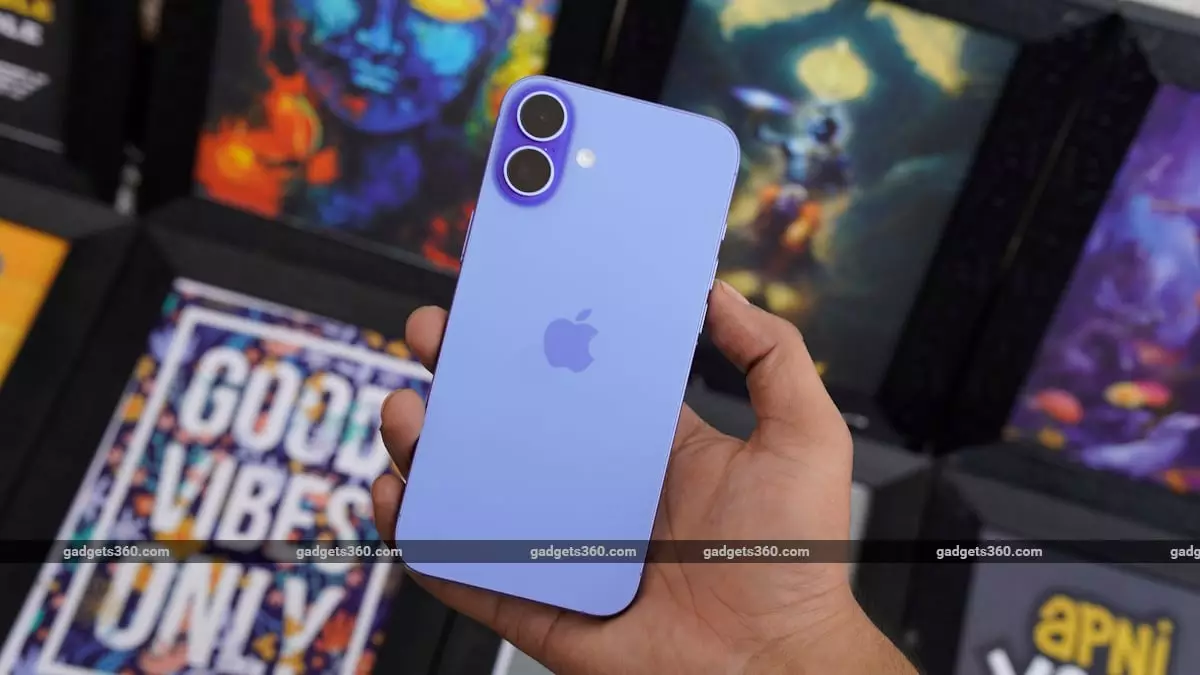Every year, as the calendar flips to mid-July, Indian consumers are bombarded with what seem to be irresistible discounts from e-commerce giants like Flipkart and Amazon. The upcoming Flipkart GOAT Sale, heralded as a major event, promises unparalleled savings on smartphones, electronics, and accessories. Yet, beneath this enticing façade lies a sobering reality: these “deals” are carefully curated illusions designed to manipulate consumer perception rather than truly benefit the buyer. The marketing machinery generates a sense of exclusivity and urgency, but when scrutinized, it often reveals inflated original prices and razor-thin discounts that hardly make a dent in the final bill.
It’s hard not to get caught in the hype, especially when Flipkart guarantees up to 10% instant discounts through specific bank cards and various promotional offers. But these discounts are not as groundbreaking as they seem. They are, more often than not, part of a manufactured sales spectacle that aims to boost revenue figures, create artificial scarcity, and push consumers into impulsive buying fervor. The real trick lies in the artful pricing strategies—where the ‘discounted’ prices are often set just slightly below the pre-sale retail price, making the compromise seem like a major win when, in fact, it’s a carefully calibrated market manipulation.
The Temporal Trap: The Allure of Early Access and Artificial Scarcity
One of the more insidious aspects of such sales is the early access perk for Flipkart Plus members, who get private deals 24 hours before the general public. While this may seem like a privilege, it subtly underscores an undeniable truth: consumer loyalty is a commodity that high-traffic sales depend on, and early access is a reward for those who are already engaged and committed. The majority of consumers are left playing catch-up, desperate to snag the best deals before items run out of stock—in a phenomenon that flattering mere scarcity to drive more purchases.
Similarly, the timing and limited window for these sales amplify a sense of urgency that borders on psychological coercion. Consumers are subtly convinced that missing out equates to losing significant savings, even when the supposed discounts are less dramatic than advertised. Because of the blitz of marketing and countdown clocks, many are forced into rash decisions that prioritize impulse over rational evaluation. The exploitative part of this strategy hinges on the human tendency to fear regret—an emotionally manipulative tactic that ensures a surge of sales in those precious window hours.
The Mirage of Value in a Market of Manufactured Scarcity
What stands out most critically about these sales is the way they distort consumer perception of value. Take, for example, the discounted Nothing Phone 3a Pro or the iPhone 16 reduction—what appears as a significant price cut is often a reflection of inflated original prices or strategic markdowns that are in line with normal market fluctuations, not extraordinary savings. When Flipkart promises to sell premium devices like the Nothing Phone 3 or the Samsung Galaxy S24 at perceived bargain prices, it creates the illusion that consumers are finally getting their chance to buy luxury and innovation at an accessible rate.
Yet, the real story is more complex. These discounts, while genuine in appearance, are part of a broader commercial tactic—where flagship models are temporarily brought within reach to generate buzz, only to be replaced by newer models in short order. This revolving door of product releases further complicates consumer decision-making, as buyers are lured into purchasing high-end devices at what seem like bargain prices, only to find that those savings are fleeting and tied to seasonal marketing cycles. The perpetual dance of discounts is less about genuine value and more about strategic product lifecycle management that maximizes profit.
The Center-Right Liberal Perspective: Critical of Consumer Exploitation
From a center-wing liberal standpoint, these sales reveal a disturbing trend of consumer exploitation dressed as opportunities. The narrative of “big savings” is a carefully constructed illusion, often masking exploitative pricing tactics and a focus on profits over genuine consumer benefit. While technological advancement and competitive pricing are vital for a healthy market, the reality is that the true goal of such sales is to encourage more consumption—often of unnecessary gadgets—driven by fear of missing out and manipulated perceptions of value.
It’s important to question whether consumers are truly getting the best deal or simply falling victim to sophisticated marketing psychology. The fact that price tracking tools are recommended underscores the untrustworthiness of the pricing strategies employed—what’s touted as a “discount” might be a regular feature in disguise, with artificially cultivated scarcity fueling impulsive purchases. In a fairer market, transparency and genuine price reductions would be prioritized, rather than tactics that induce anxiety and compulsive buying.
Ultimately, these sales are less about offering real value and more about reinforcing consumer dependency on constant upgrading. It’s a cycle designed to benefit corporations, not the average shopper. There’s a moral and economic imperative for regulators, consumers, and advocates to peel back the veneer of marketing gloss and demand more honesty, instead of being seduced into the illusion of savings that, more often than not, serve the interests of the marketplace rather than the individual.


Leave a Reply